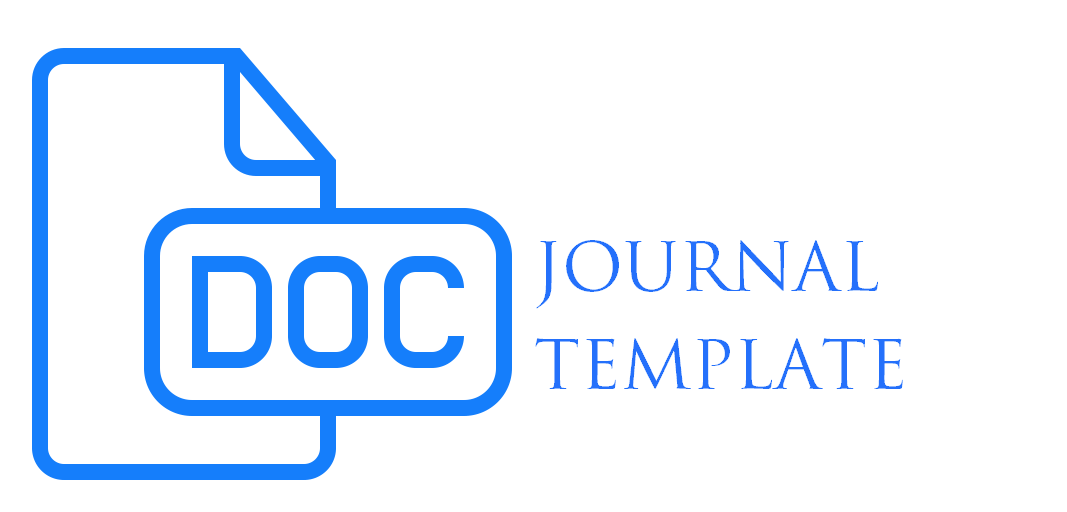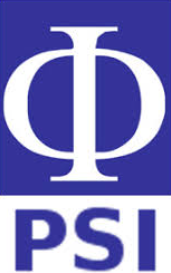APLIKASI METODE SCANNING ELECTRON MICROSCOPY (SEM) DAN X-RAY DIFFRACTION (XRD) DALAM MENGANALISIS LIMBAH PABRIK GULA X
(1) Laboratorium Mikrostruktur Jurusan Fisika FMIPA UNM
(*) Corresponding Author
DOI: https://doi.org/10.35580/jspf.v12i1.2035
Abstract
This research is experimental research that aims to identify Morphological structure and composition of the waste element content of the plant and the effect on the environment around the plant. Morphological structure of plant waste samples examined using Vega Tescan 3SB Analytical Scanning Electron Microscopy (SEM), while to know the composition of the sample element content of plant waste used machine Mini Flex II Rigaku X-Ray Diffraction (XRD). SEM and XRD research results obtained compound of aluminum and silicon with pesentase higher than the other compounds. Aluminum is a heavy metal that is included in the category of hazardous and toxic waste, but aluminum and silicon is a compound that serves to make the cane stand strong and upright. To overcome the aluminum content of the waste is to be reacted with other compounds that can be pulled out. Other compounds found in sugar cane, namely potassium magnesium phosphate (K Mg (PO 4)) and sulfur (IV) oxide (SO3) which is an ash that are harmful to the lungs when contaminated air. This means that complete combustion occurs in the production process so as to produce a compound in the form of soot.
Key words: sugar factory waste, SEM, X-ray difraction
Penelitian ini adalah penelitian eksperimen yang bertujuan untuk mengetahui struktur marfologi dan komposisi kandungan unsur limbah pabrik serta pengaruhnya terhadap lingkungan sekitar pabrik. Struktur marfologi sampel limbah pabrik diteliti dengan menggunakan Tescan Vega 3SB Analitical Scanning Electron Microscopy (SEM) sedangkan untuk mengetahui komposisi kandungan unsur sampel limbah pabrik digunakan Mesin Rigaku Mini Flex II X Ray Diffraction (XRD). Hasil penelitian SEM maupun XRD diperoleh senyawa alumunium dan silikon dengan pesentase yang lebih tinggi dari senyawa lainnya. Alumunium merupakan logam berat yang termasuk dalam kategori Limbah Bahan Berbahaya dan Beracun, namun alumunium dan silikon ini merupakan senyawa yang berfungsi untuk membuat tebu berdiri kuat dan tegak. Untuk mengatasi kandungan alumunium pada limbah yaitu direaksikan dengan senyawa lain agar dapat ditarik keluar. Kandungan senyawa lain yang terdapat pada tebu yaitu potassium magnesium phosphate (K Mg(PO4)) dan sulfur(IV) oxide (SO3) yang merupakan abu yang berbahaya bagi paru-paru bila tercemar ke udara. Ini berarti tidak terjadi pembakaran yang sempurna pada proses produksi sehingga menghasilkan senyawa berupa jelaga.
Kata Kunci: limbah pabrik gula, SEM, difraksi sinar-X
Full Text:
PDFReferences
Asbahani. (2013). Pemanfaatan Limbah Ampas Tebu Sebagai Karbon Aktif Untuk Menurunkan Kadar Besi Pada Air Sumur. Jurnal Teknik Sipil Untan,1.
Edo, Y., & Yuwono, N. W. (2007). Peran Silikon sebagai Unsur Bermanfaat pada Tanaman Tebu. Jurnal Ilmu Tanah dan Lingkungan Vol. 7 No.2 , 103-116.
Hatmoko, J. T., & Yohanes, L. (2007). USC Tanah Lempung Ekspansif yang Disabilisasi dengan Abu Ampas Tebu dan Kapur. Teknik Sipil , 8, 64-77.
Jan, A., & Aziza, A. M. (2014). Karakteristik Mikroskopik Keramik Batako Terhadap Variasi Penambahan Sekam Tebu. Jurnal Ilmiah Sains , 1-2.
Kadafi, M. P. (2011). Usahatani Tebu (Sacharum Officinarum) Antara Sistem Bongkar Ratoon Dengan Sistem Rawat Ratoon Di Wilayah Kecamatan Prambon. Surabaya. Surabaya: Fakultas Pertanian Universitas Pembangunan Nasional “Veteran” Jawa Timur.
Kristiani, R., & Yahya, I. d. (2014). Kinerja Serapan Bunyi Komposit Ampas Tebu Berdasarkan Variasi Ketebalan Dan Jumlah Quarter Wavelength Resonator Terhadap Kinerja Bunyi. Jurusan Fisika FMIPA ITS, 1.
Kusumawati, I. (2012). Sintesis Bioaspal dari Ampas Tebu dengan Metode Pirolisis. Depok: Fakultaas Teknik, Universitas Indonesia.
Article Metrics
Abstract view : 6016 times | PDF view : 2519 timesLicense URL: https://creativecommons.org/licenses/by-nc-nd/4.0/
Organized by :
Physics Department
Faculty of Mathematics and Natural Sciences,Universitas Negeri Makassar,
Daeng Tata Raya Street, Parangtambung, Tamalate, South Sulawesi, Indonesia.
Postal Code: 90224 Phone/Fax (0411)840622
Website: http://ojs.unm.ac.id, email: jspf@unm.ac.id

Jurnal Sains dan Pendidikan Fisika (JSPF) is licensed under a creative commons Attribution-NonCommercial-NoDerivatives 4.0 International License










